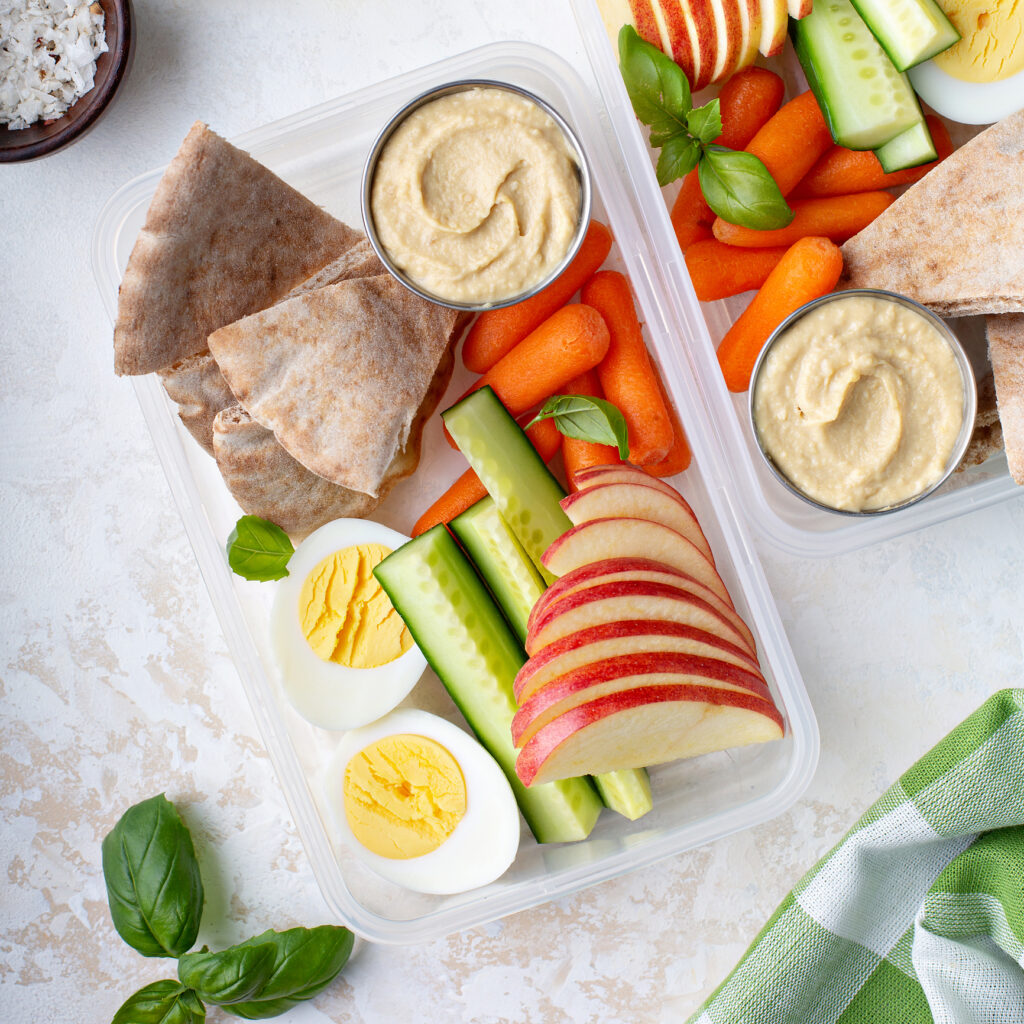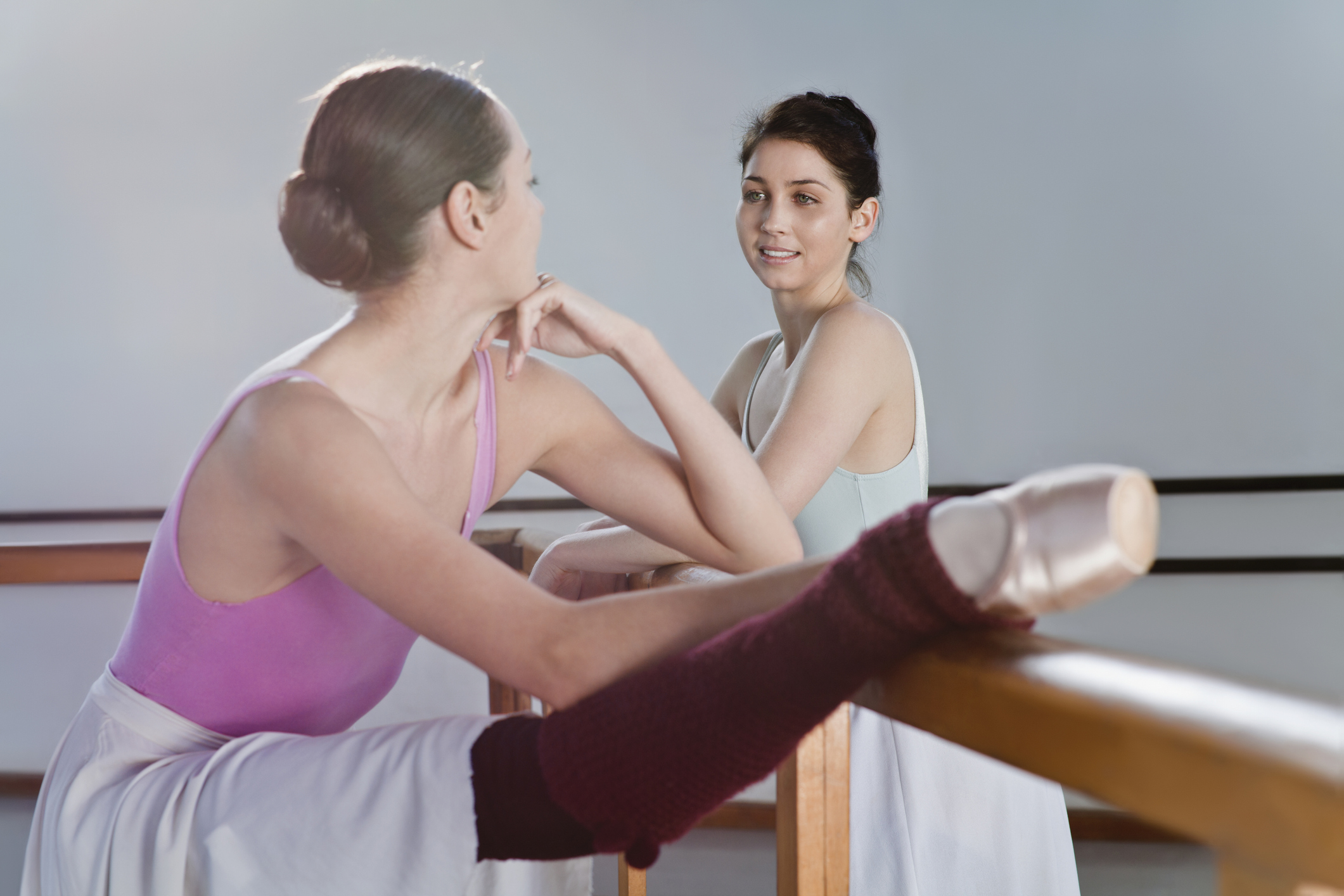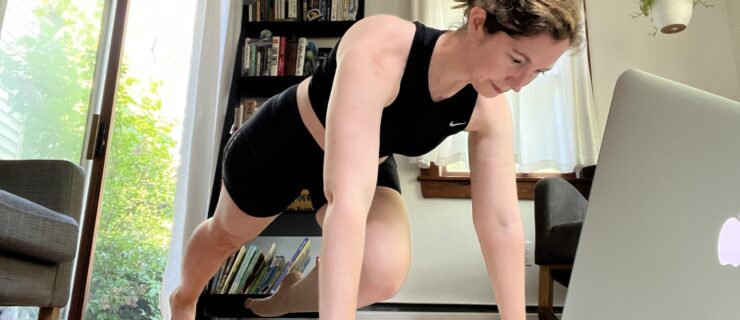3 Tips to Prepare Your Body for a Strong Ballet Season Ahead
For most dancers, a new season provides a fresh start with new schedules, experiences, and, inevitably, challenges. The transition from summer break to fall can be tricky, and dancers can neglect fundamental habits that would otherwise optimize their training. Integrating these three tips into your daily routine will support your strength and endurance for the upcoming season.
Get Enough Sleep

If you’re balancing academic coursework on top of a busy ballet schedule, you might risk sacrificing recovery time to complete all of your tasks. This can make it easy to deprive your body of a major player in the recovery process: a good night’s sleep. Generally, a minimum of seven to eight hours of sleep per night is recommended, but specific needs might be individual for each dancer. To plan for that, start by blocking out time for your daytime priorities: classwork, homework, your technique classes, and cooldown activities. Use tools like calendars or planners to organize your workload; setting clear boundaries to avoid overscheduling can help you make room for a full night of rest.
Make the Most of Your Meal and Snack Plan
Transitioning into a new school year can contribute to more fatigue as you adjust to a new schedule. Pushing through fatigue can lead to exhaustion, so it’s best to prepare yourself nutritionally. Being tired also makes it difficult to focus in class and increases your risk of injury, so it’s worth investing some time in planning for your nutritional needs.

Finding the time for a full meal is another common challenge at the start of the season, but some mealtime foods can keep you feeling fuller and fueled for longer periods. Pairing multiple foods, particularly those rich in fiber (like whole grain cereals, legumes, and produce) along with those rich in protein and fat (like nuts, seeds, dairy, and dairy-free alternatives), keeps you feeling full between meals. In anticipation of your busiest days, plan ahead with convenient and packable snacks to eat on the go. Trail mix and energy bars are nonperishable, and premade shakes and whole fruits can help count toward your hydration goals. Here are a handful of back-to-school recipes to get you started.
Set SMART Goals
At the start of the new school year, it’s easy to fall back into perfectionist habits. Impending class placements and Nutcracker auditions can heighten pressures and make you vulnerable to self-doubt. It’s common for dancers to hold unrealistic expectations of themselves, and that can have damaging effects, especially when those goals aren’t met. To set yourself up for success, swap overwhelming goals with SMART ones:
Specific: What specific improvements are you looking to accomplish? Goals that are too broad are harder to accomplish.
Measurable: Can you monitor your progress in a measurable way?
Attainable: Is your goal realistic? This is especially important to consider if you’re attempting food and body goals that are rooted in harmful expectations, like restrictive eating. If you’re attempting to uproot your habits in a short period, things can backfire.
Relevant: How will your goal support your dancing?
Timely: Do you have a deadline? Perhaps it’s a performance or an impending audition. You’ll want to aim for specific improvements within a realistic time frame.
Rather than making your goals too general (“to be better”) or too lofty (“to completely fix my relationship with food”), break things down into bite-sized steps. These could be things like aiming to get through adagio with one less wobble by the end of the week, gaining an inch or two of extension by the end of the month, or remembering to use the music more while at the barre. When it comes to transitioning into your new season, remember that progress, not perfection, is the goal.







